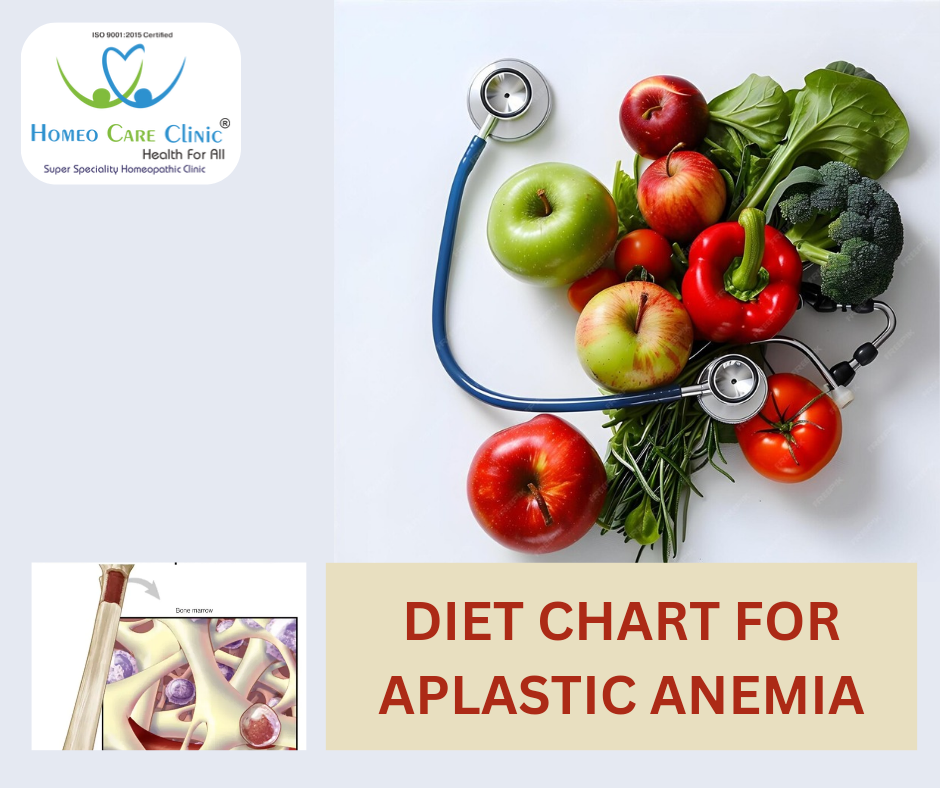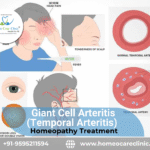Aplastic Anemia Diet Chart

This aplastic anemia diet chart includes rich nutrient foods to be used to promote the production of red blood cells, uplift immunity, and maintain general health. This diet mainly constitutes iron-rich foods, sources of folate, vitamin B12, and antioxidants essential to sustain a patient with aplastic anemia.
| Time | Vegetarian Option | Non-Vegetarian Option |
| 6:30 AM | Warm water with lemon or ginger—1 glass | Coconut water or lemon water—1 glass |
| 7:30 AM (Breakfast) | Option 1: Oats porridge with chia seeds, flaxseeds, and strawberries—1 bowl | Option 1: Boiled eggs with avocado and whole wheat toast—2 eggs |
| Option 2: Smoothie with spinach, almond milk, and banana—1 glass | Option 2: Omelette with spinach and tomatoes—2 eggs | |
| 10:30 AM (Snack) | A handful of almonds or walnuts (rich in antioxidants)—1antioxidants) – 1 handful | Fresh fruit smoothie with almond milk (banana, berries) – 1 glass |
| 1:00 PM (Lunch) | Option 1: Brown rice with lentils (dal) and sautéed spinach – 1 cup rice | Option 1: Grilled chicken with brown rice and steamed vegetables (broccoli, carrots) – 1 serving chicken, 1 cup rice |
| Option 2: Quinoa salad with cucumbers, tomatoes, and olive oil dressing | Option 2: Baked salmon with quinoa and a side of sautéed spinach – 1 serving fish, 1 cup quinoa | |
| 4:00 PM (Snack) | A handful of pumpkin seeds or roasted chickpeas (rich in iron) – 1 handful | Fresh fruit like pomegranate or orange (rich in vitamin C) – 1 medium fruit |
| 6:30 PM (Evening Drink) | Herbal tea with ginger and turmeric – 1 cup | Buttermilk with a pinch of cumin – 1 glass |
| 8:00 PM (Dinner) | Option 1: Roti with methi (fenugreek) sabzi and curd – 2 rotis | Option 1: Grilled fish (salmon or tuna) with steamed vegetables – 1 serving fish |
| Option 2: Khichdi with moong dal and lightly sautéed vegetables – 1 small plate | Option 2: Chicken stew with lightly spiced vegetables – 1 serving chicken stew | |
| 9:30 PM (Before Bed) | Warm almond milk with cinnamon – 1 glass | Warm almond milk with a pinch of turmeric – 1 glass |
Do’s:
Foods for Aplastic Anemia
Here is a list of specific foods important for the people suffering from aplastic anemia, as they enhance red blood cell production, support functions through the immune system, and enhance recovery.
- Iron-Rich Foods
Spinach, kale, methi (fenugreek), dal (lentils), chickpeas, quinoa, and pumpkin seeds are the plant-based sources of iron.
Eggs, chicken, and other fish, including salmon and mackerel, are sources of heme iron, which is better absorbed by the body.
- Folate-Rich Foods:
Spinach, asparagus, avocado, broccoli, and lentils are all very nutrient-dense foods in folate, which is important for the formation of red blood cells.
Include fortified cereals and whole grains for adequate intake.
- Vitamin B12-rich foods:
Good sources of vitamin B12 are eggs, dairy, chicken, fish, and fortified plant-based milk; therefore, including such food items is pretty significant in the maintenance and production of red blood cells.
- Vitamin C-rich foods:
Oranges, strawberries, kiwi, bell peppers, and broccoli improve the absorption of non-heme iron from plant-based foods.
Vitamin C should be consumed with every meal to increase iron absorption
- Antioxidant Nutritive Foods
Berries, almonds, walnuts, pomegranate, and leafy green vegetables that are rich in antioxidants decrease oxidative stress and keep the patient healthy
- Proteins
Chicken, fish, eggs, lentils, tofu, and paneer are the source of proteins that help bodies to repair themselves
Don’t:
Foods to Avoid for Aplastic Anemia
Some foods may interfere with the absorption of necessary nutrients or can worsen the condition in aplastic anemia. The following are foodstuffs to avoid:
- Processed and sugary foods
Avoid all sugary foods such as cakes and sodas, among others, because they contribute little to nutrition in the body and may lead to weight gain with a weakened immune system.
- Excessive Caffeine:
Reduce coffee, tea, and energy drinks since these products impede iron absorption.
- Alcohol:
Ethanol depresses marrow function and thus increases the risk of anemia. It is to be kept at bay or utilized in small amounts.
- High-Calcium Foods with Iron-Rich Meals:
Milk, yogurt, cheese, or other items containing calcium should not be consumed simultaneously with iron-rich foods. Calcium prevents the uptake of iron. These food articles must be consumed separately.
- Refined Carbohydrates
White bread, pasta, and pastries are not recommended as they do not contain any good nutrients and cause energy crashes in between.
Additional Tips for Aplastic Anemia Diet
- Meal Planning: A diversified diet with rich sources of iron and folate must be taken at every meal to help in the production of red blood cells.
- Vitamin C for Enhanced Iron Absorption: Taking iron-rich food items along with an element that is rich in vitamin C, like citrus fruits or bell peppers, will help enhance the absorption of iron into the body.
- Hydration: One must take plenty of water, herbal teas, and fresh juices while on the diet for overall body recovery.
- Excessive Caution with Raw Foods: In aplastic anemia, immunity is very poor, so it would be advisable to take precautions with respect to crude or half-cooked food like raw eggs, raw meat, and fruits and vegetables that are not washed well to avoid infections.
A proper and healthy diet is an essential prerequisite for treating aplastic anemia. This diet chart for aplastic anemia favors foods rich in iron, folate, vitamin B12, and antioxidants, all helpful for red blood cell production and overall immune functions. Foods that will help ameliorate anemia symptoms, improve energy levels, and promote recovery include spinach, lentils, chicken, eggs, and berries included in your meal planning. Foods, drinks, and products that you need to stay away from are processed foods, excessive caffeine, and alcohol because it would further complicate the medical condition.
This diet plan for aplastic anemia will support your body’s natural healing mechanism and make sure you are as healthy as possible.
In conclusion, Homeo Care Clinic offers a holistic approach to treating the disease. The remedies mentioned above can treat the underlying causes of the condition and offer relief from the discomfort. However, it is important to consult a qualified homeopathic practitioner for the correct dosage and duration of treatment. Homeo Care Clinic provides comprehensive care for various ailments and offers customized treatment plans based on individual requirements.
To schedule an appointment or learn more about our treatment, please visit our website or give us a call +91 9595211594 Our friendly staff will be happy to assist you. If you’re searching for the best homeopathy doctor, we are here to help.
Follow us on Facebook, Twitter, and Instagram for valuable insights into the world of homeopathy and holistic health.
Facebook – https://www.facebook.com/homeocareclinicpune
Instagram – https://www.instagram.com/homeocareclinic_in
Website – https://www.homeocareclinic.in
Chat with a best homeopathic doctor privately
If you have any queries regarding your disease or any symptoms, Click to send a WhatsApp message. Our best homeopathy doctor will be happy to answer you.
Book an Appointment
If you want to visit our clinic, Click to book an appointment.
Online treatment
If you are a busy professional or you are living in a remote town or city with no best homeopathic doctor near you, Clickhere to start an online homeopathic treatment with the world’s exclusive, most experienced, and best homeopathic clinic, managed by Dr. Vaseem Choudhary, a world-renowned homeopathic doctor expert.





